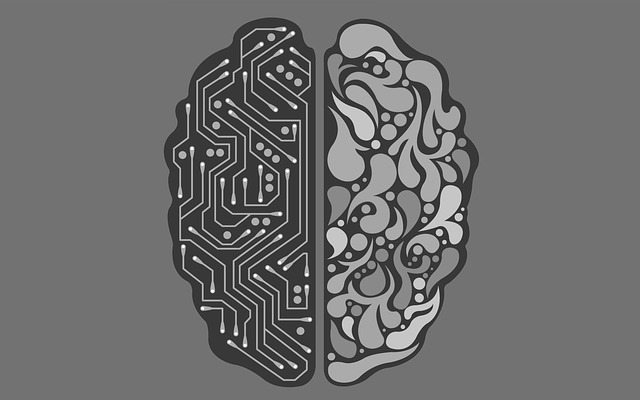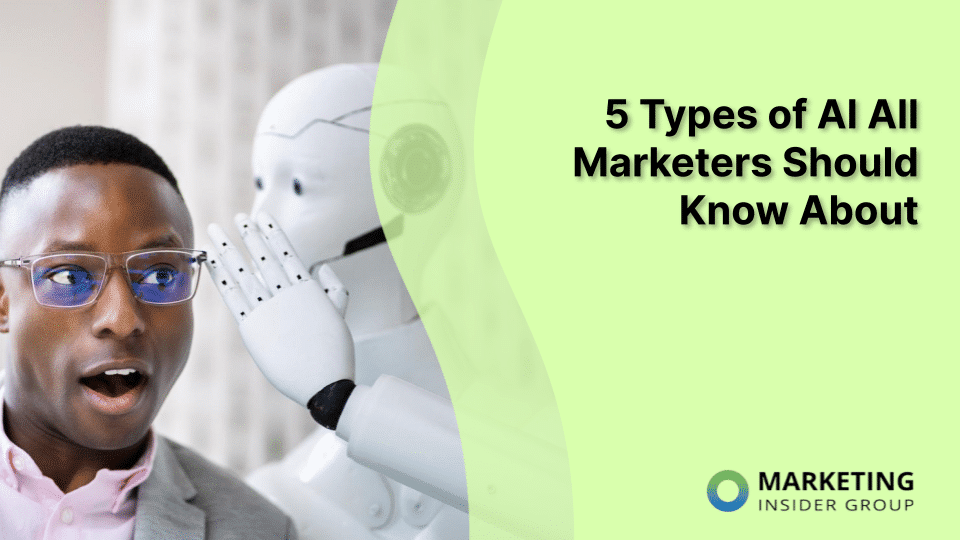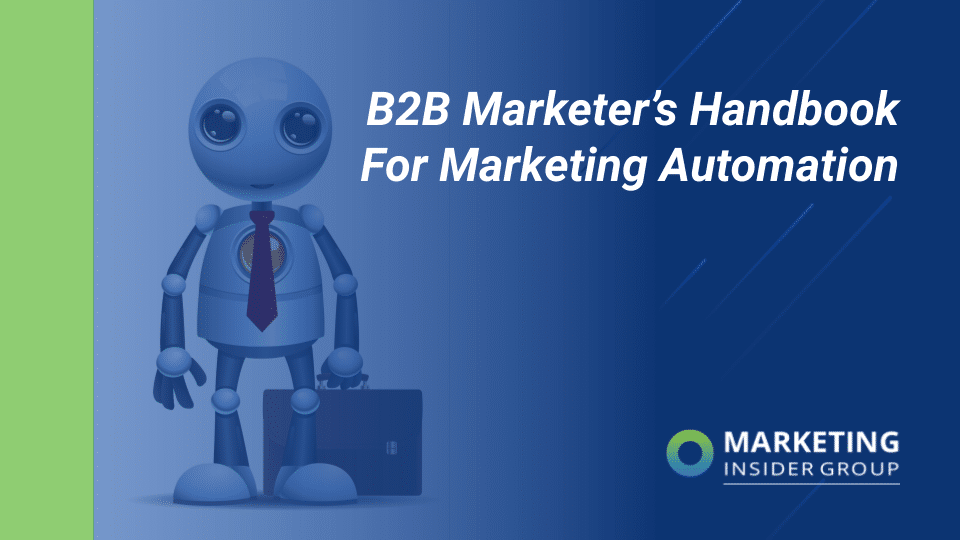
Artificial Neural Networks: What Every Marketer Should Know
Artificial intelligence in marketing is a subject that is dominating the industry right now. From all the current applications in marketing automation and predictive analytics, to the all-important question: What’s next?
To get a better understanding of where this profound shift in technology is taking us, let’s take a look at the thought processes that are driving the change – the computer thought processes, that is – the artificial neural networks.
What Are Neural Networks?
Artificial neural networks are an important subset of machine learning. They are what computer scientists use to work on complex tasks, such as making predictions, strategizing and recognizing trends. Unlike other machine learning algorithms, which may organize data or crunch numbers, neural networks learn from experience. Like humans.
Neural networks, as the name suggests, are modeled after the neural networks of the human brain, which are responsible for human decision making. The brain takes in information and then attempts to connect the dots to come up with a conclusion. We don’t always get it right at first, nor do the machine learning algorithms. But through trial and error, we, and likewise the artificial neural networks (ANN), start coming up with better outputs.
How Do Artificial Neural Networks Operate?
Currently, most ANNs are relatively simple when compared to the complex neural interactions that take place when a human mind makes decisions. There is an input layer, an output layer, and a hidden layer sandwiched in between – where there are hundreds of virtual nodes the algorithm connects and reconnects to when trying to reach an outcome.

Image via Ecommerce-Digest
To ‘learn’ with each input experience, the algorithm will alter the internal connections until it figures out how to achieve a desired output within a specified level of accuracy. Once the algorithm has learned, more inputs can be entered and the ANN provides a workable prediction.
What About Deep Learning?
Deep learning, or DL, refers to a more intensive version of machine learning. Remember the single hidden layer in the artificial neural network? With DL, there are multiple layers.
Not only are deep learning neural networks more complex, but it is here that there exists the hope (and the fear) that the algorithms will take off and begin learning on their own. Where the technology is right now, whether it’s basic machine learning, NN or DL, the algorithms are still dependent on the provision of inputs from external sources, i.e. humans.
How Neural Networks Are Used in Marketing
ANNs are used across industries – in medicine, engineering, finance, and others. They are also transforming the available set of marketing technology resources, giving marketers new, more efficient and more dynamic tools for:
- Predicting consumer behavior
- Creating and understanding more sophisticated buyer segments
- Marketing automation
- Content creation
- Sales forecasting
The most widely used application of artificial neural networks is in the field of predictive analytics. In this case, the neural networks can help marketers make predictions about the outcome of a campaign by recognizing the trends from previous marketing campaigns. While neural networks have been around for decades, it is the more recent emergence of Big Data that has made this technology incredibly useful for marketing.
With a virtual sea of data to input into a neural network, it’s now possible to achieve sophisticated, accurate predictions that can help CMOs make smarter decisions about what actions to take and what channels to allocate more resources to.
Likewise with market segmentation, sales forecasting and content creation and distribution, the neural networks, fed with enough data, are able to provide more precise insights and predictions, helping marketing decision makers better gauge expectations. This technology is also allowing for a more dynamic level of automation, which isn’t only evolving the marketing workflow but is creating an even more seamless experience for the consumer.
Examples of Neural Networks in Action
Microsoft’s BrainMaker – Microsoft took a set of variables, such as the date of last purchase, the number of products bought and registered, and the number of days between a product release and purchase, and plugged it into BrainMaker to learn which customers were most likely to open their direct mail. They also bought data relevant to their customers, including the number of pieces of employer and income data. By using BrainMaker’s neural network software, Microsoft increased their direct mail response rate from 4.9 percent to 8.2 percent, which translates to, according to company spokesman Jim Minervino, “the same amount of revenue for 35 percent less cost.”
LinkedIn and Bright – LinkedIn purchased Bright in 2014 to integrate its algorithms to create better matches between employers and job candidates. This NN takes variables like past hiring patterns, account location and job descriptions to give each potential match a ‘Bright Score,’ which correlates with how relevant the match may be. This then dictates the potential employee or employer matches users find when using LinkedIn.
Under Armour and IBM – Under Armour is using IBM’s Watson for its branded health tracking application, Record. The app tracks consumer data, including workouts, nutrition and sleep data, which can come from wearables, third-party apps and manually entered data. It then plugs in these variables to create custom tailored content for users.
The Grid for Website Design – The Grid is an AI-empowered website design platform. It uses inputs from users for everything from content goals to style preferences in order to automate the design process. The grid’s algorithm, Molly, is still something of a work in progress according to reviewers, but the potential of a website created by artificial intelligence is pretty remarkable. Whether it’s Molly or another ANN, applications like this one are just the beginning.
From Microsoft’s innovative use of a NN to boost their mailing response rate, to image recognition software and deep sentiment analysis for social media, these computer ‘brains’ are already deeply immersed in every area of marketing. Understanding how they work today and what their predicted capabilities are for tomorrow is essential for grasping what all the thousands of martech companies out there are developing for the industry and how much of an impact AI will have on marketing in the next few years.
And, don’t forget the tech giants, like Google’s DeepMind and Facebook’s Artificial Intelligence initiatives, which have been recruiting the top computer science minds in the world for years now. The conventional wisdom is that we are on the verge of another shift in marketing, and in business in general, as tech companies figure out how to develop smarter artificial neural networks.
And we thought the digital transformation for marketing was profound. We ain’t seen nothing yet.






